ZHAO Run, CHEN Jun-hua, NIU Mu, BIE Peng-fei, MU Chang-long. The Effect of Intermediate Cutting on Natural Regeneration of Cupressus funebris Plantation[J]. Journal of Sichuan Forestry Science and Technology, 2019, 40(2): 9-13. doi: 10.16779/j.cnki.1003-5508.2019.02.003
| Citation:
|
ZHAO Run, CHEN Jun-hua, NIU Mu, BIE Peng-fei, MU Chang-long. The Effect of Intermediate Cutting on Natural Regeneration of Cupressus funebris Plantation[J]. Journal of Sichuan Forestry Science and Technology, 2019, 40(2): 9-13. doi: 10.16779/j.cnki.1003-5508.2019.02.003
|
The Effect of Intermediate Cutting on Natural Regeneration of Cupressus funebris Plantation
More Information
-
Mianyang Teachers'College, Mianyang 621000, China;National Positioning Observation and Research Station of Forest Ecosystem in Longmen Mountain, Pingwu 622553, China;Sichuan Academy of Forestry, Chengdu 610081, China;Beijing Forestry University, Beijing, Haidian 100083
- Received Date: 2019-01-18
-
-
Abstract
By experimental base of "strip cutting & planting broadleaf trees", the natural regeneration under the forest was investigated in the hilly area of central Sichuan. The results showed that (1) the natural regeneration seedlings in cutting and reserving zones were significantly higher than those in control plots (P<0.05). The seedlings of natural regenerated young trees in 10 m, 8 m, 6 m, 4 m cutting belts and reserved belts were 10.63 times, 9.38 times, 7.92 times, 7.50 times and 3.33 times, 3.75 times, 4.38 times and 6.04 times of the control respectively. (2) The tree height of the regenerated saplings in the cutting zone, reserved zone and control plot showed a left-sided single-peak structure, and the number of seedlings with tree height of less than 0.1M was the largest. The proportion of seedling height grading of natural regeneration was different in different bandwidth harvesting belts and retaining belts. (3) Natural regenerated young seedlings after undergoing all treatments showed aggregate distribution, and aggregation intensity was high. (4) In addition to cypress, most of the naturally regenerated tree species were sunny or semi-sunny, such as camphor, toon and Chinese tallow.
-

-
References
|
[1]
|
李贤伟,罗承德,胡庭兴,等.长江上游退化森林生态系统恢复与重建刍议[J].生态学报,2001,21(2):2117~2124. |
|
[2]
|
龚固堂,牛牧,慕长龙,等.间伐强度对柏木人工林生长及林下植物的影响[J].林业科学,2015,51(4):8~15. |
|
[3]
|
陈俊华,龚固堂,胡道亮,等.川中丘陵区低效防护林“开窗补阔”改造模式对不同施肥措施的响应[J].四川林业科技,2011,32(1):74~79. |
|
[4]
|
卢思文,李贤伟,张小国.川中丘陵区柏木低效林人造林窗改造后土壤有机质与土壤动物的关系[J].现代农业科技,2016,(10):125~129. |
|
[5]
|
张翠翠.川中丘陵区柏木低效林不同改造模式对水土流失及土壤质量的影响[D].四川农业大学,2016. |
|
[6]
|
别鹏飞,斯顺江,周大松,等.带状改造对川中丘陵区柏木人工林林下植物多样性的影响[J].四川林业科技,2018,39(6):1~6. |
|
[7]
|
黎燕琼,龚固堂,郑绍伟,等.低效柏木纯林不同改造措施对水土保持功能的影响[J].生态学报,2013,33(3):0934~0943. |
|
[8]
|
张希彪,上官周平,王金成,等.子午岭人工油松林群落特征及影响因子[J].山地学报,2014,32(5):561~567. |
|
[9]
|
王传华,魏斌,李俊清.鄂东南枫香(Liquidambar formosana)林、马尾松(Pinus massoniana)林-枫香林群落结构及更新[J].生态学报,2009,29(9):4681~4692. |
|
[10]
|
李雪云,潘萍,欧阳勋志,等.闽楠天然次生林幼树幼苗更新特征及空间分布格局[J].东北林业大学学报,2018,48(9):11~15. |
|
[11]
|
兰国玉,雷瑞德.植物种群空间分布格局研究方法概述[J].西北林学院学报,2003,18(2):17~21. |
|
[12]
|
王成,刘继生,张美淑,等.带状间伐促进赤松人工林天然更新效果的研究—天然更新的综合效果与分布格局[J].延边大学农学学报,2004,26(2):77~80. |
|
[13]
|
刘铁岩,毕君,王超,等.冀北山地油松人工林天然更新研究[J].中南林业大学学报,2017,37(7):55~58
,65. |
|
[14]
|
李艳丽,杨华,亢新刚,等.长白山云冷杉针阔混交林天然更新空间分布格局及其异质性[J].应用生态学报,2014,25(2):311~317. |
|
[15]
|
马履一,李春义,王希群,等.不同间伐强度对北京山区油松生长及其林下植被多样性的影响[J].林业科学,2007,43(5):1~9. |
-
-
Proportional views

-











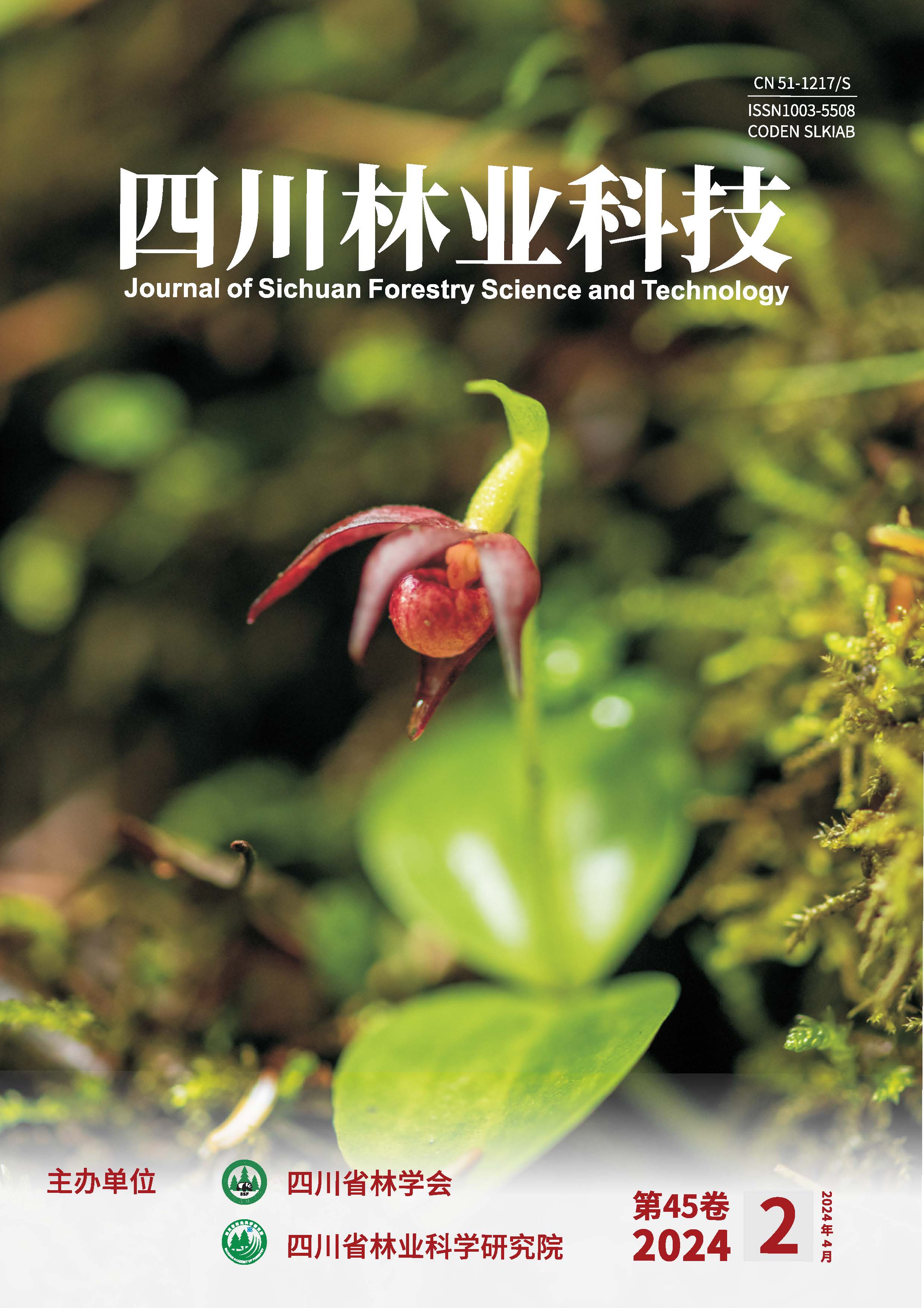
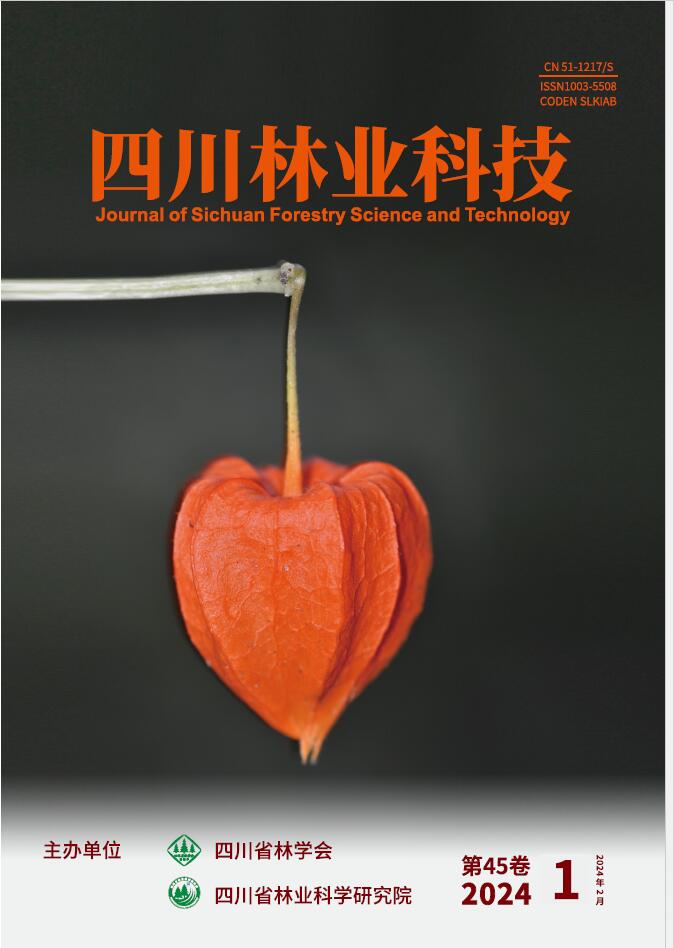
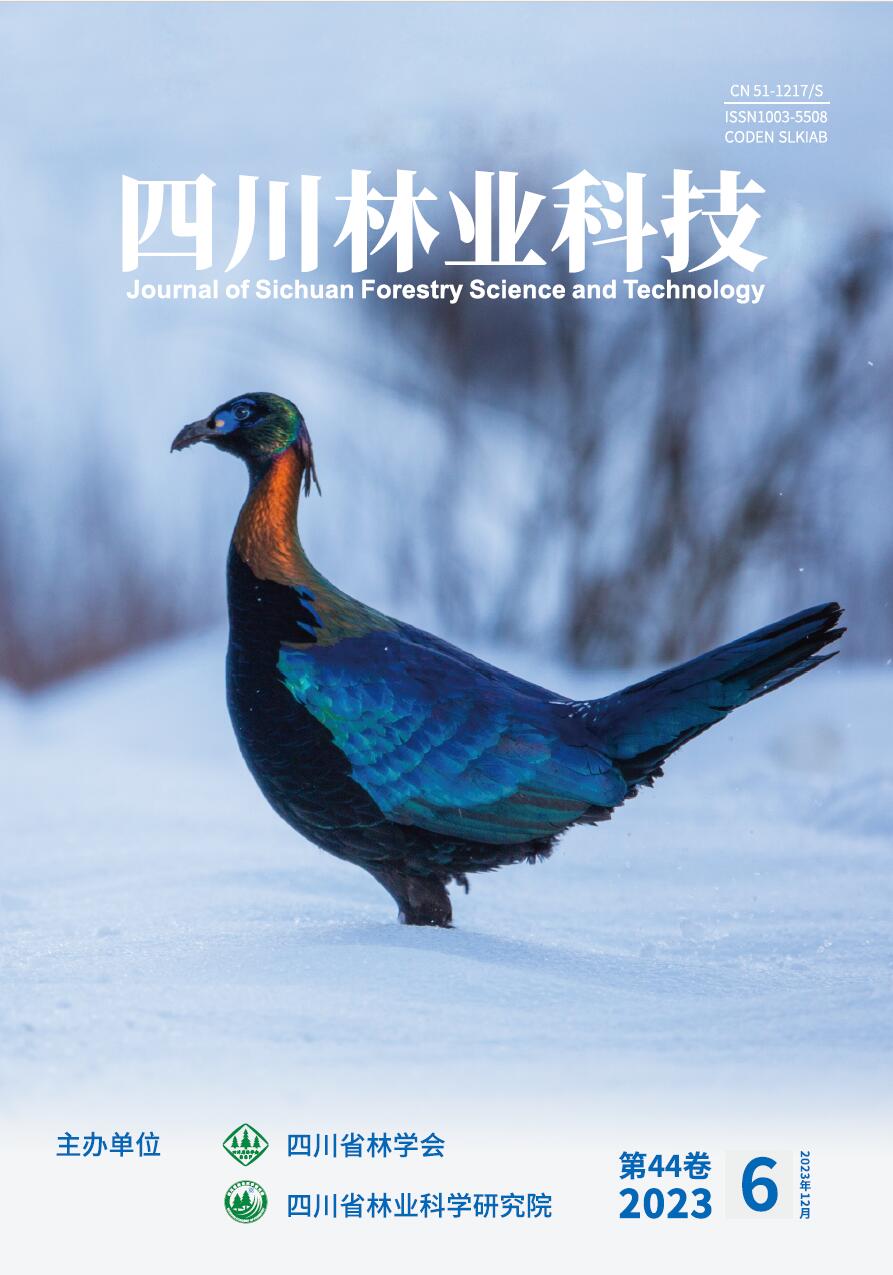
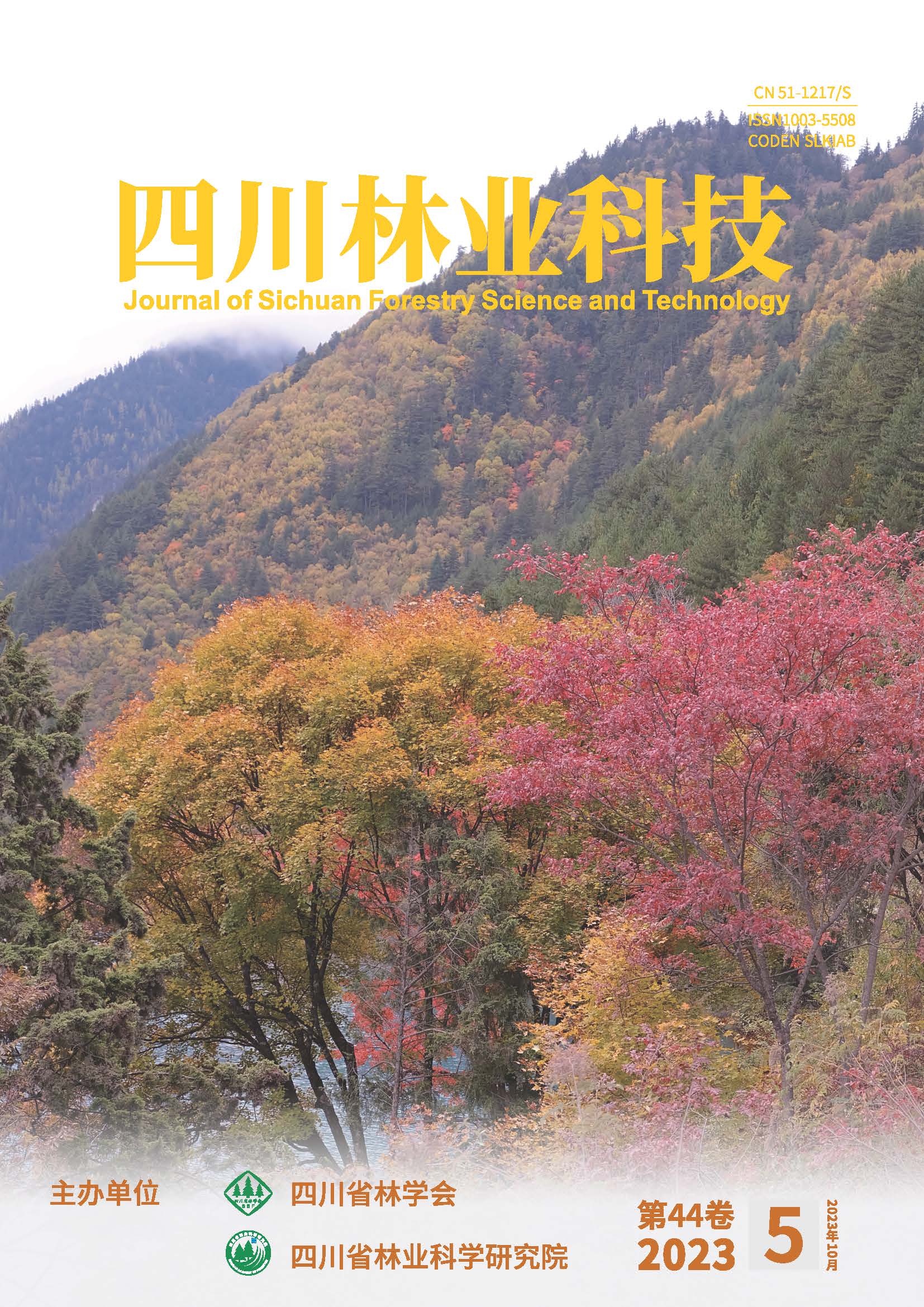
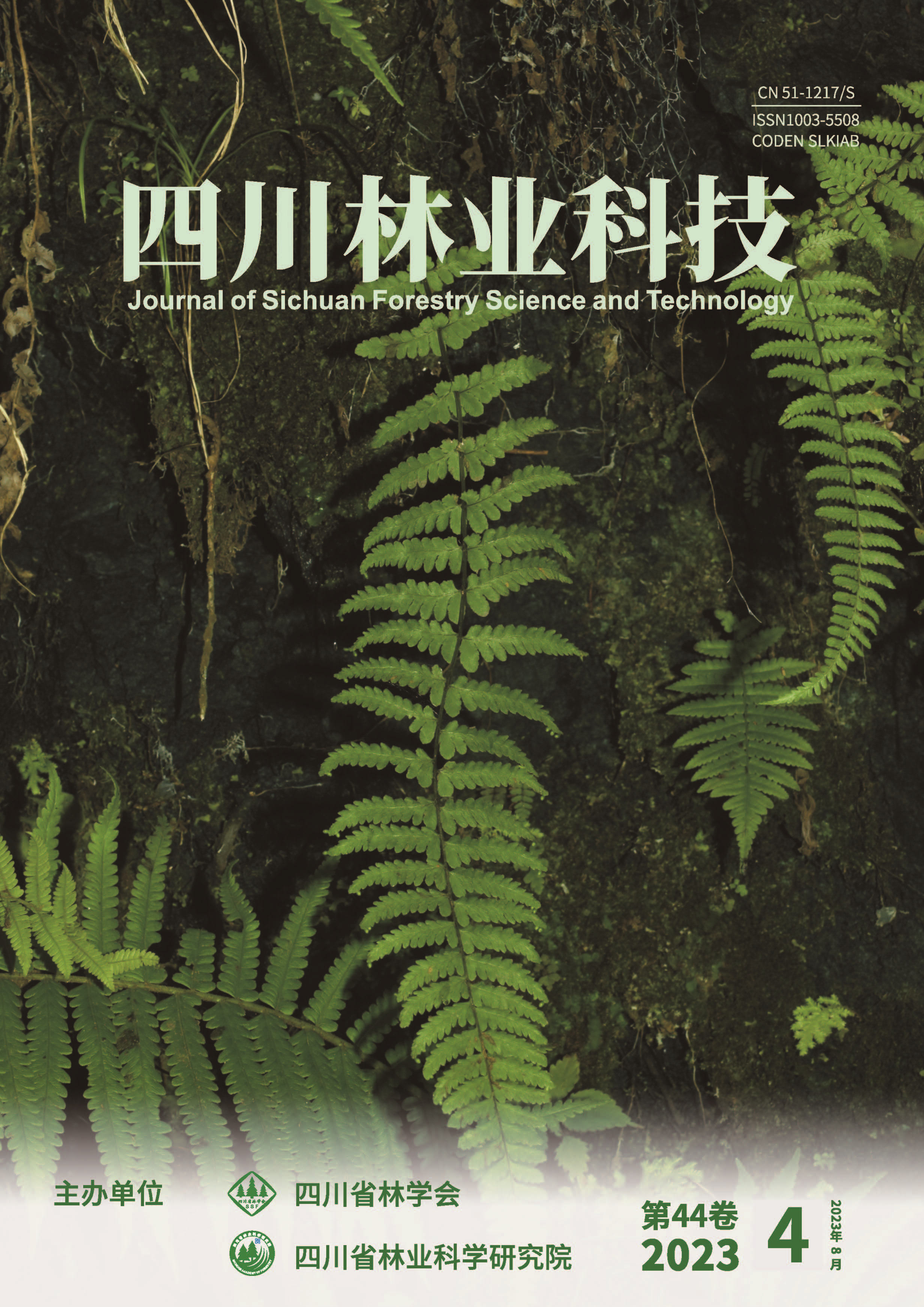
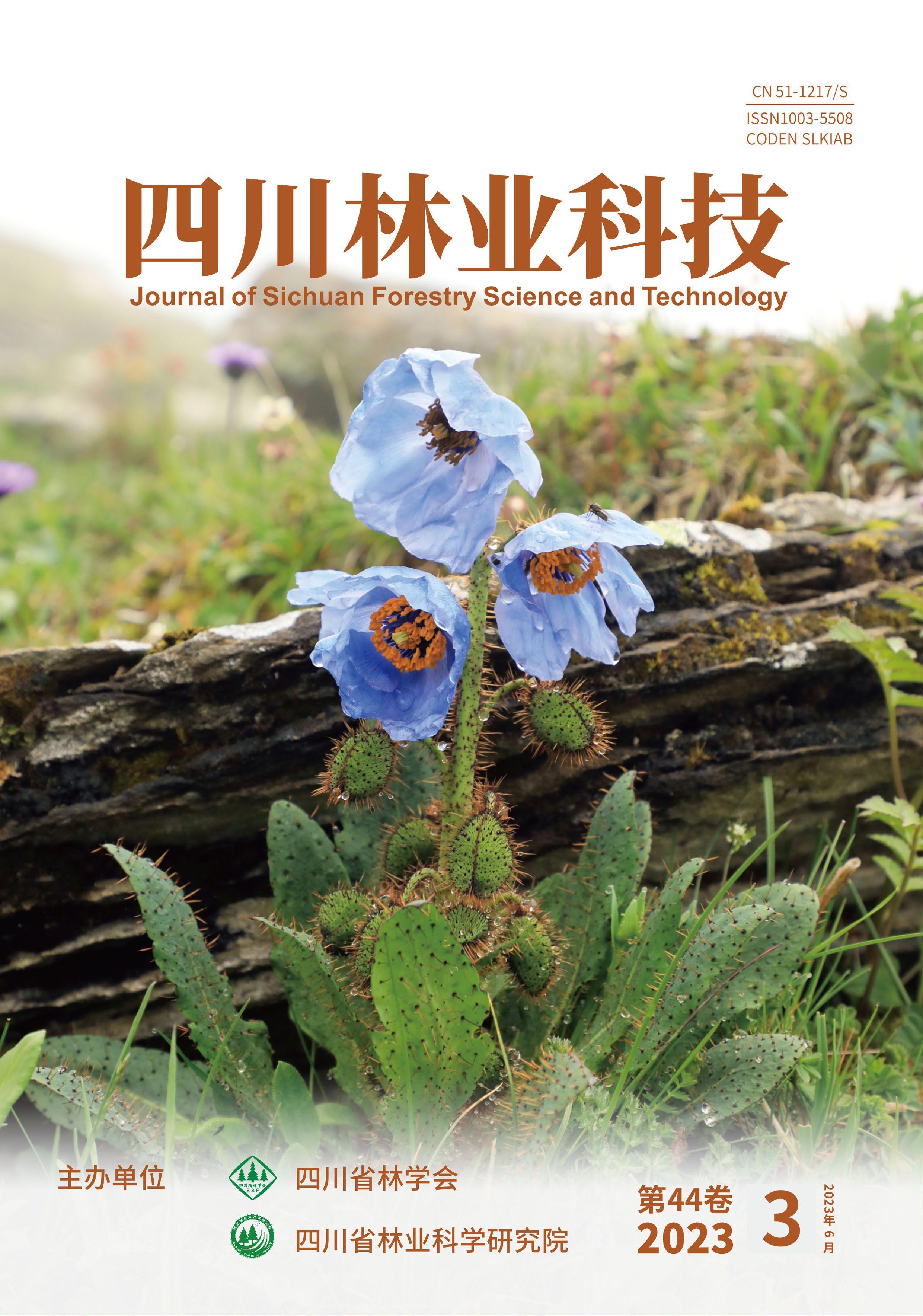
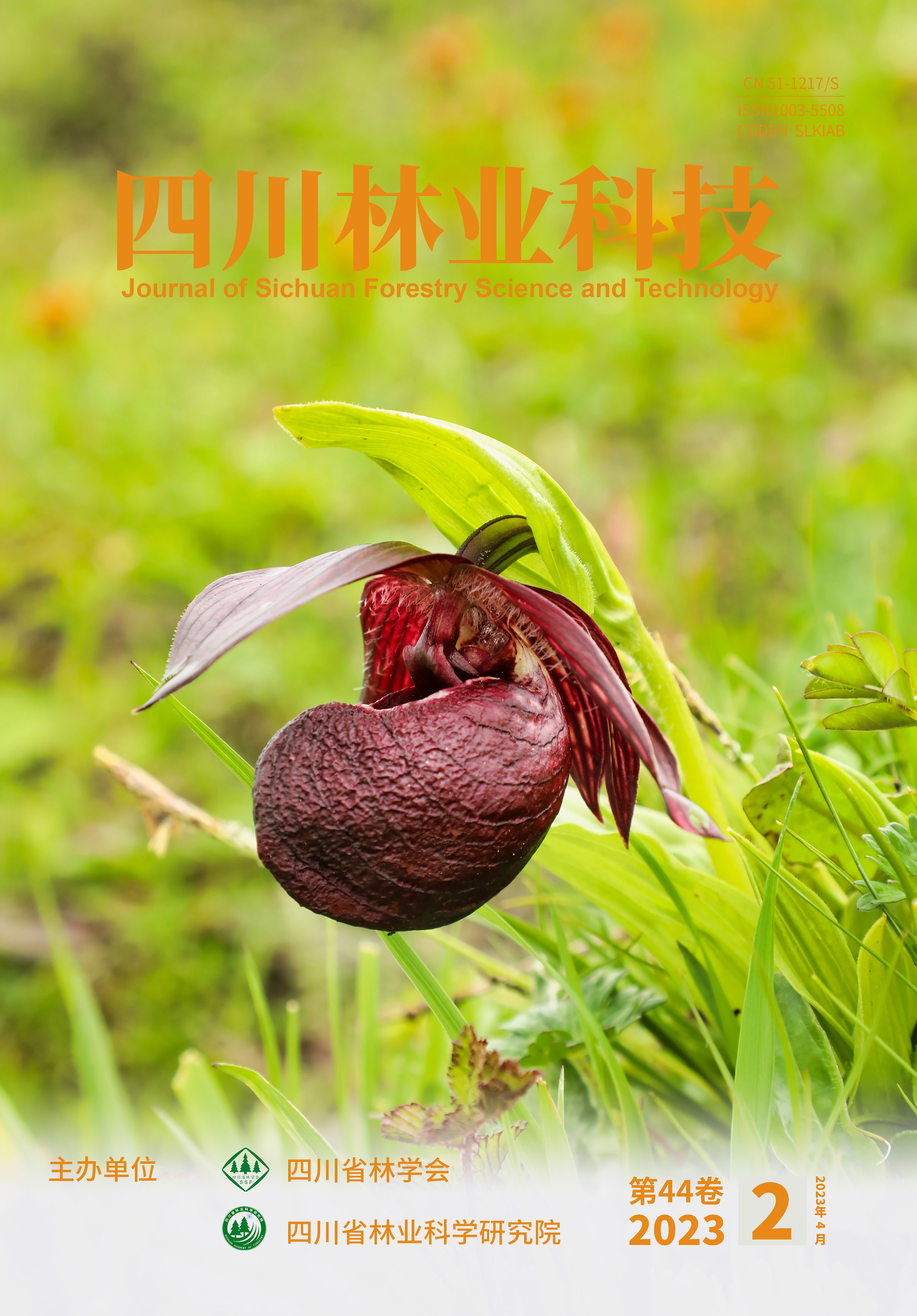
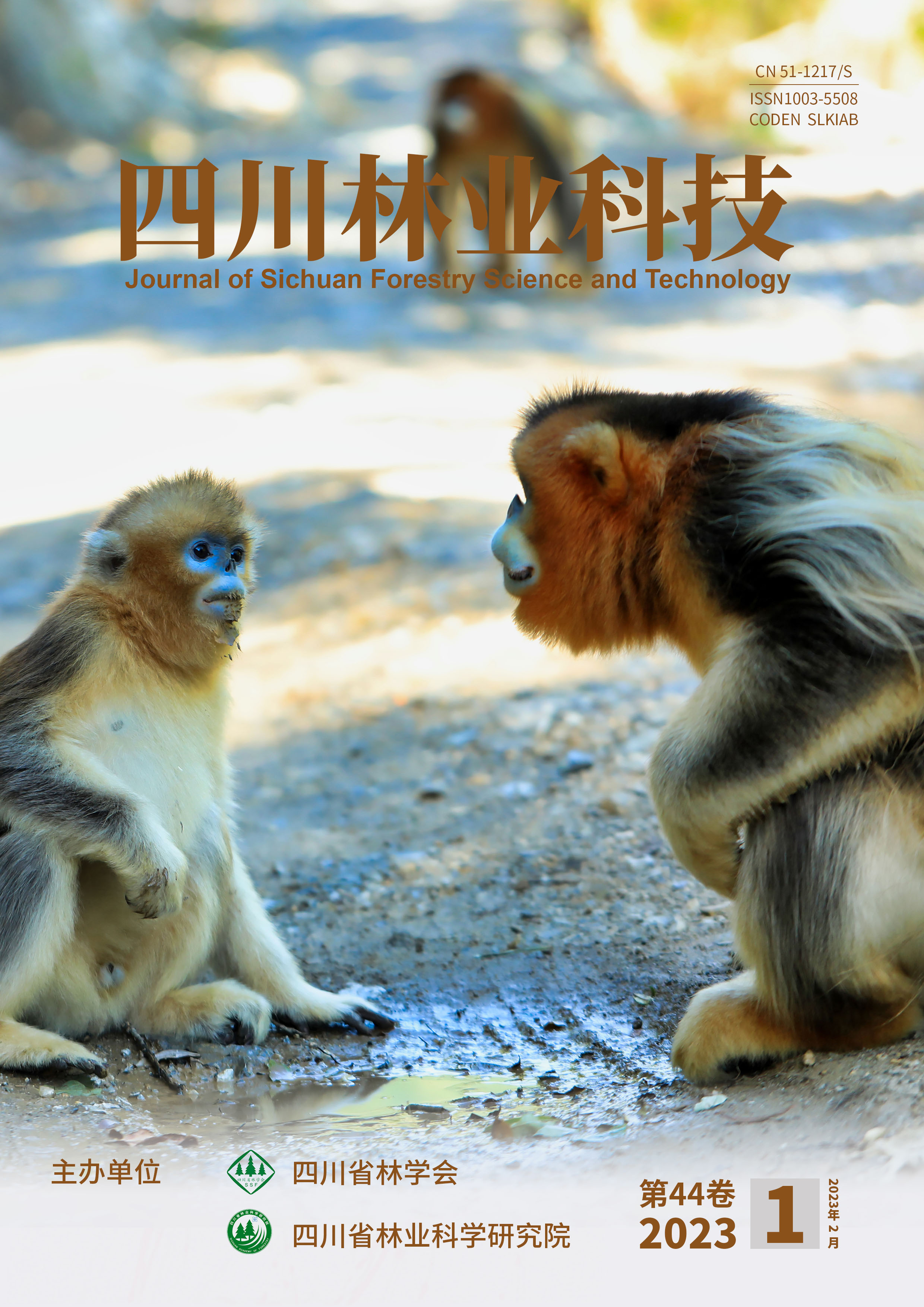


 DownLoad:
DownLoad: